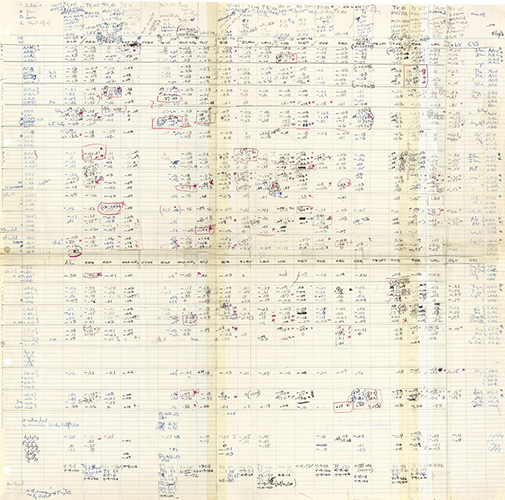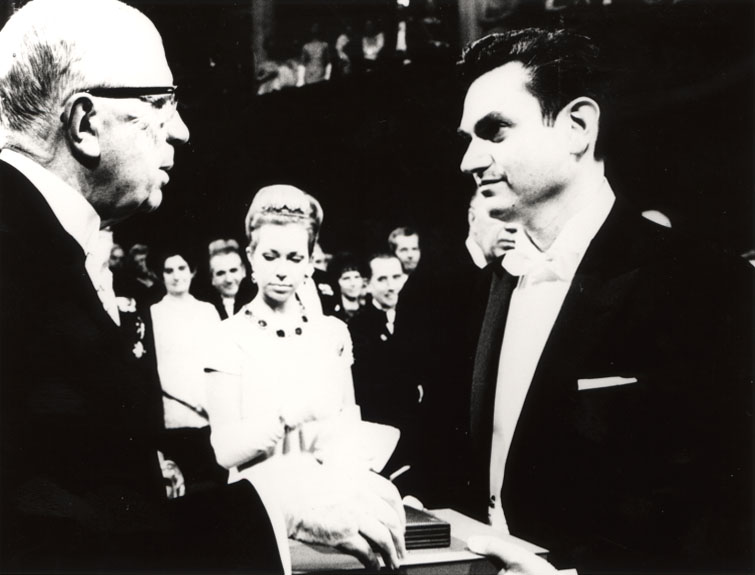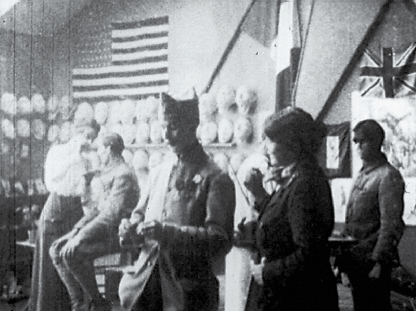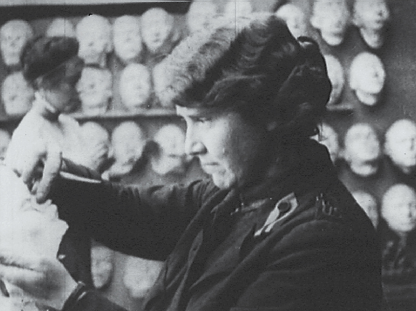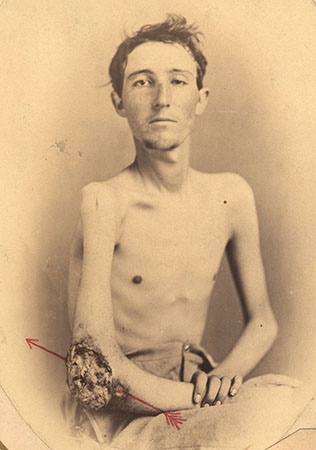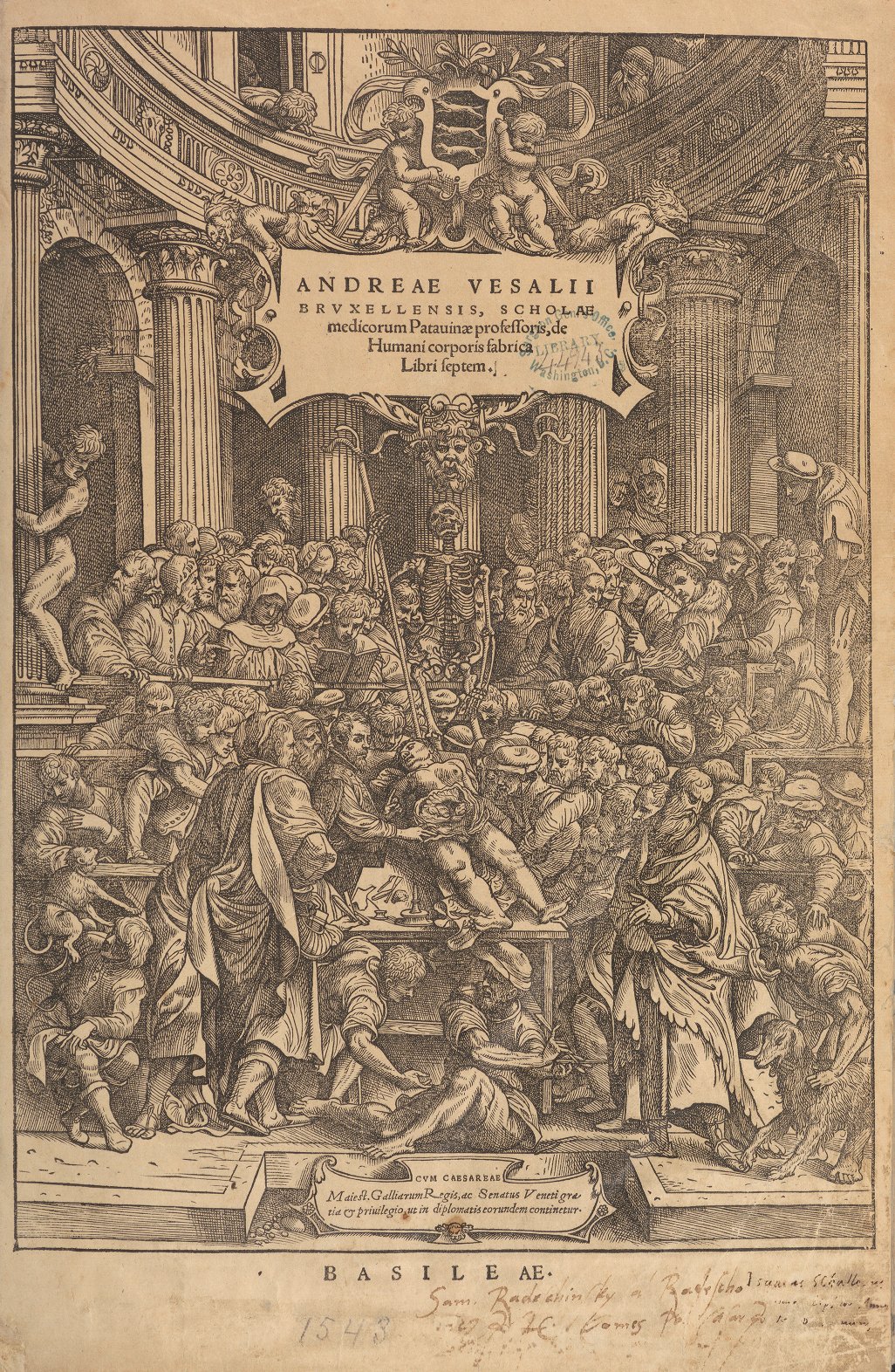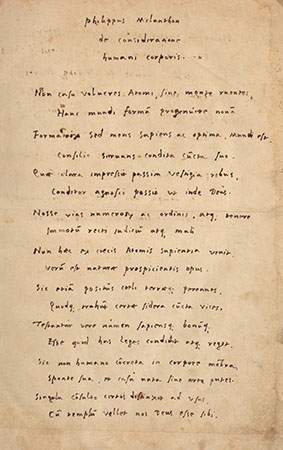On January 18, 1965, Dr. Marshall W. Nirenberg (1927–2010), completed the first summary of the genetic code—one of the most significant documents in the history of twentieth-century science. It is a painstaking chart of handwritten data from experiments completed by Nirenberg and his team of scientists documenting the discovery of how sequences of DNA, known as “triplets,” direct the assembly of amino acids into the structural and functional proteins essential to life. The chart is included in the Marshall W. Nirenberg Papers, held at the National Library of Medicine. Dr. Nirenberg would go on to win the Nobel Prize in Physiology or Medicine (pictured above) in 1968 for this work, sharing the award with Robert W. Holley of Cornell University and Har Gobind Khorana of the University of Wisconsin at Madison “for their interpretation of the genetic code and its function in protein synthesis.” To read more about this chart visit Deciphering the Genetic Code: A 50 Year Anniversary in Circulating Now.
Preserving this genetic code chart has been an important and exciting challenge for NLM conservators, as they study the best way to store this important document written on multiple sheets of paper in pencil, India ink, and multiple ball-point pen inks, and held together with adhesive tape. To read more about the research that went into creating an appropriate housing environment for the Nirenberg charts, visit Preserving Nirenberg’s Genetic Code Chart in Circulating Now.
King Gustaf VI Adolf of Sweden presents the Nobel Prize to Marshall Nirenberg, 1968
In Profiles in Science, courtesy of Pressens Bild


